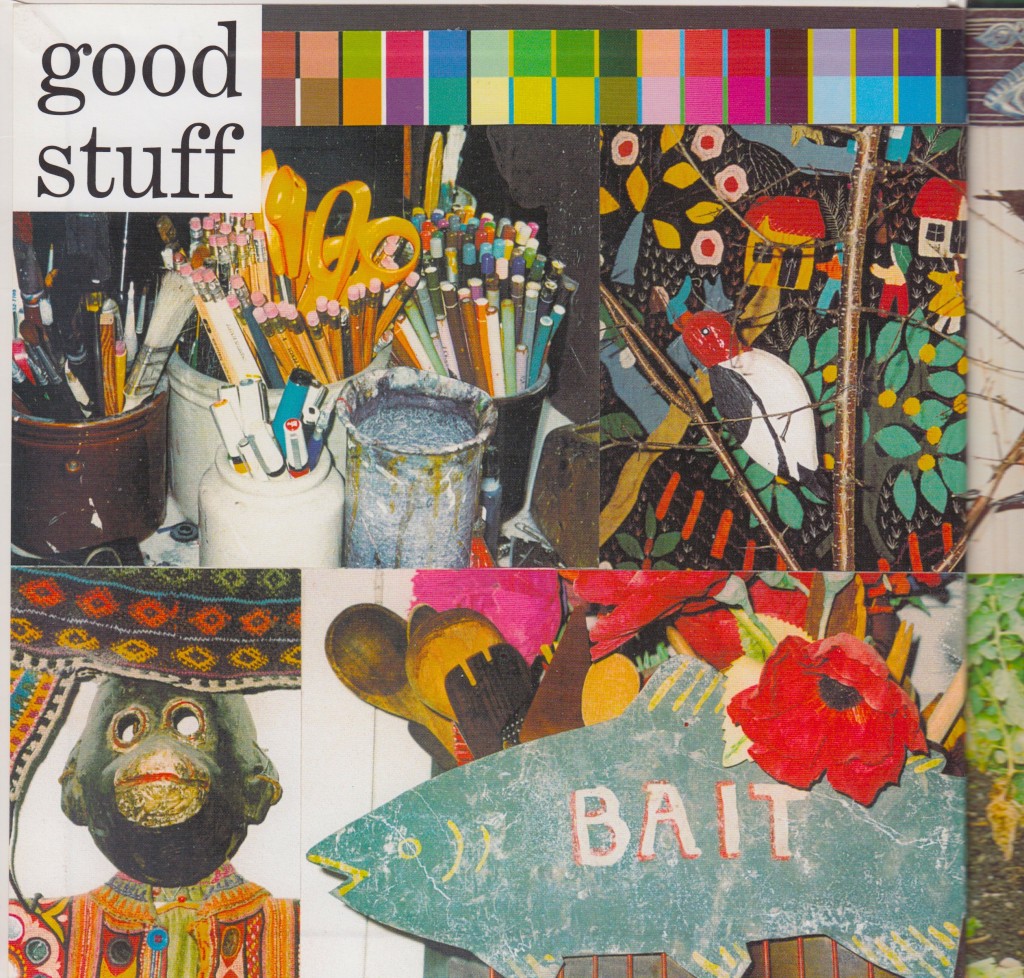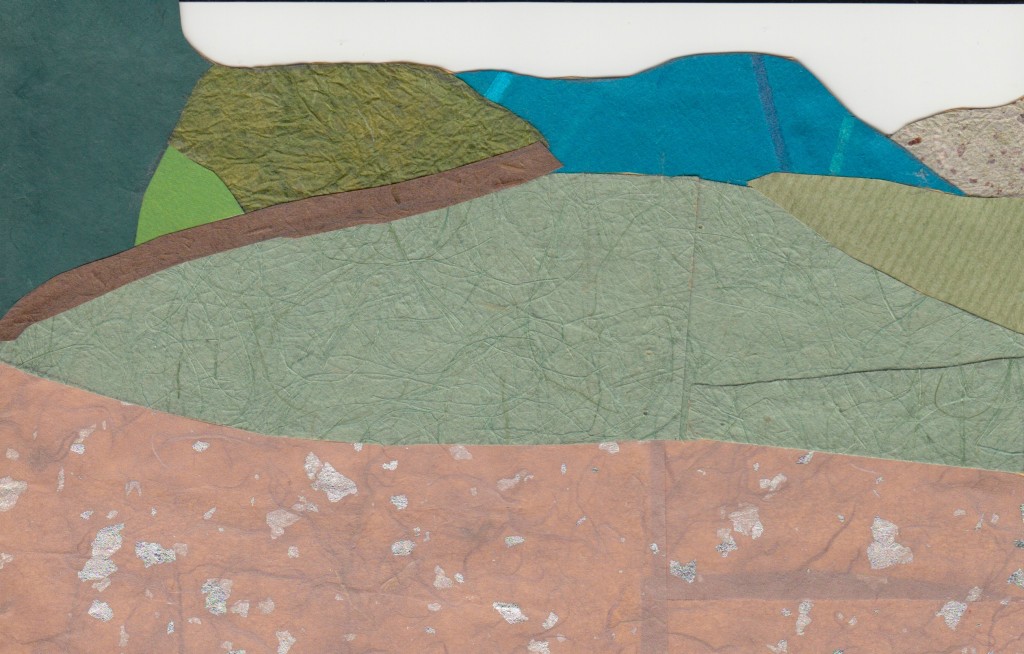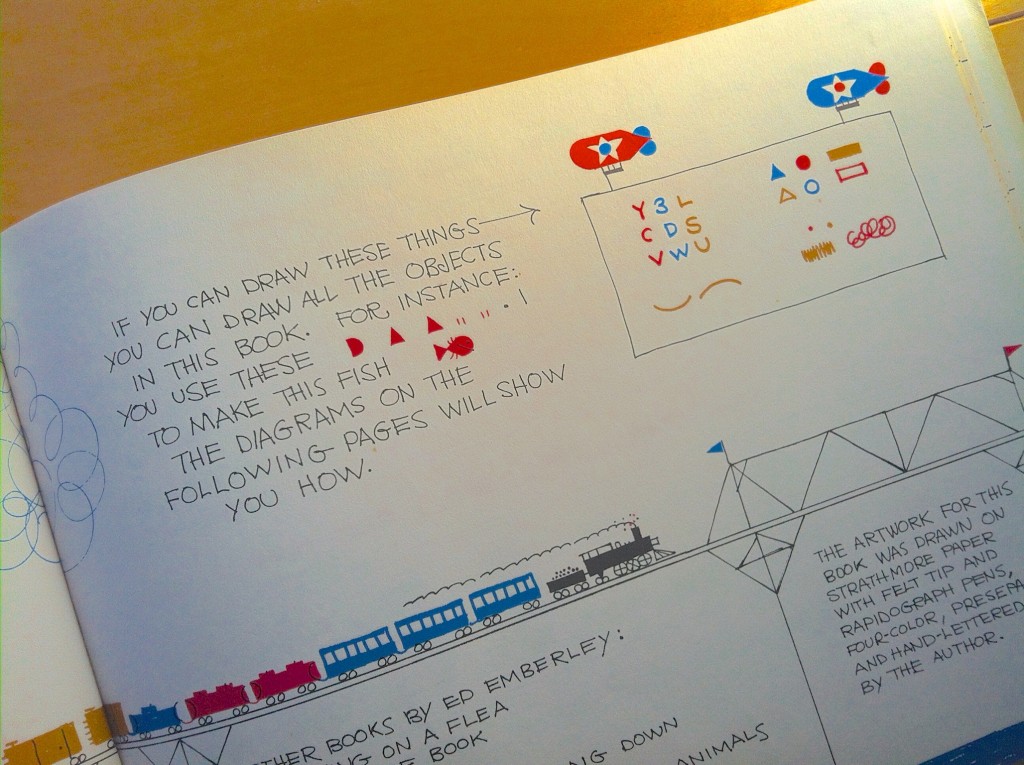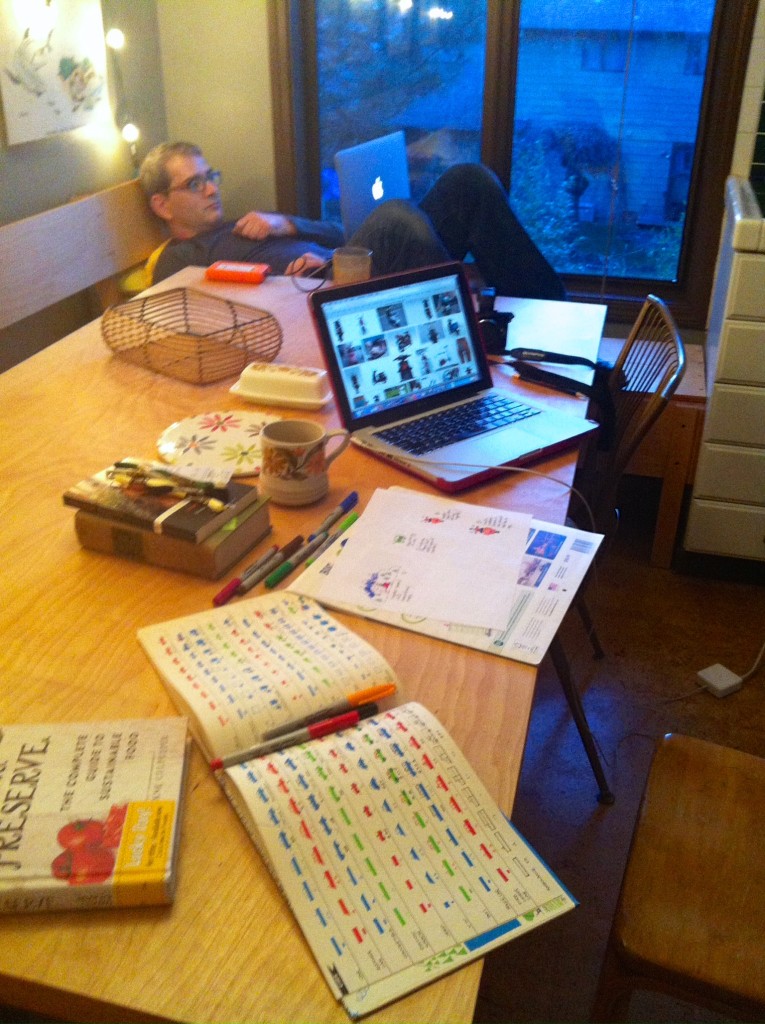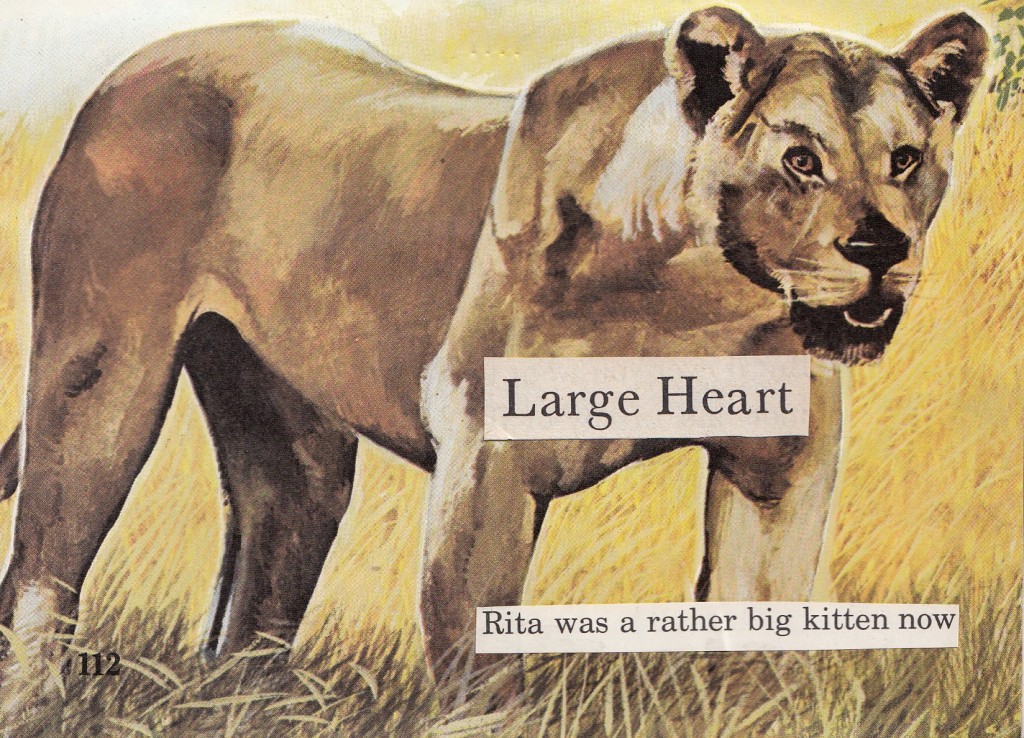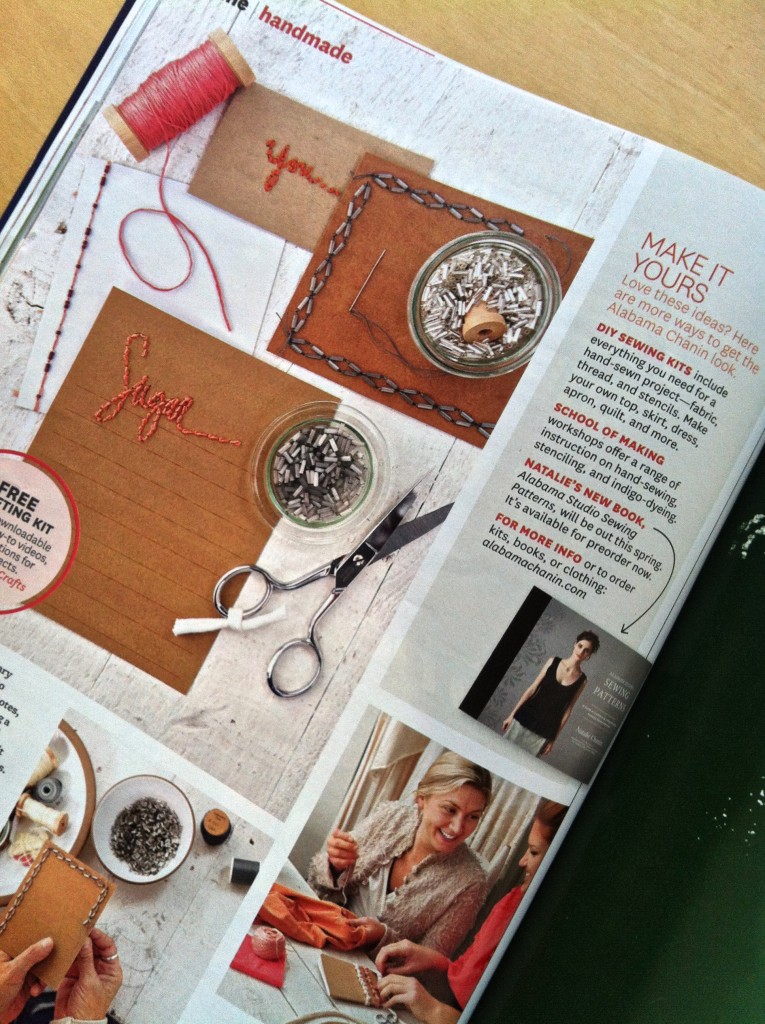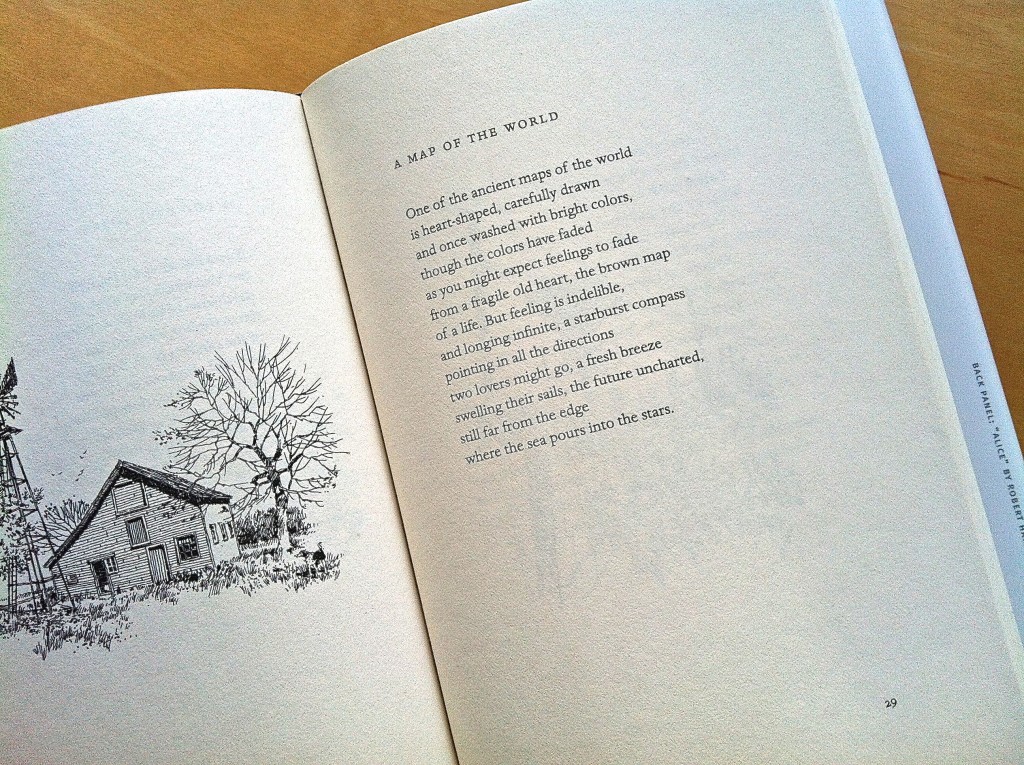 Perhaps all of us who’ve lived a certain amount of time know what it is to see an unexpected truth and have our perspective forever changed. Once seen, some things cannot be unseen. If the truth is a hard one, the experience can sting all the more when we realize that the truth was in front of us for some time, and we were just unable to see it.
Perhaps all of us who’ve lived a certain amount of time know what it is to see an unexpected truth and have our perspective forever changed. Once seen, some things cannot be unseen. If the truth is a hard one, the experience can sting all the more when we realize that the truth was in front of us for some time, and we were just unable to see it.
That was my experience this week.
It began with more reading from Shop Class as Soulcraft (subject of my last “Reading” post). Matthew Crawford relates an incident in which an experienced mechanic sees something in an engine part that he had missed:
Countless times since that day, a more experienced mechanic has pointed out to me something that was right in front of my face, but which I lacked the knowledge to see. It is an uncanny experience; the raw sensual data reaching my eye before and after are the same, but without the pertinent framework of meaning, the features in question are invisible. Once they have been pointed out, it seems impossible that I should not have seen them before. (page 91)
I knew just what he meant. All week, thanks to playing around with Ed Emberley’s drawing book, I saw the world around me in a different way. Emberley helped me understand that even very visually complex objects can be rendered two-dimensionally by breaking them down into component shapes, and that’s all I saw:
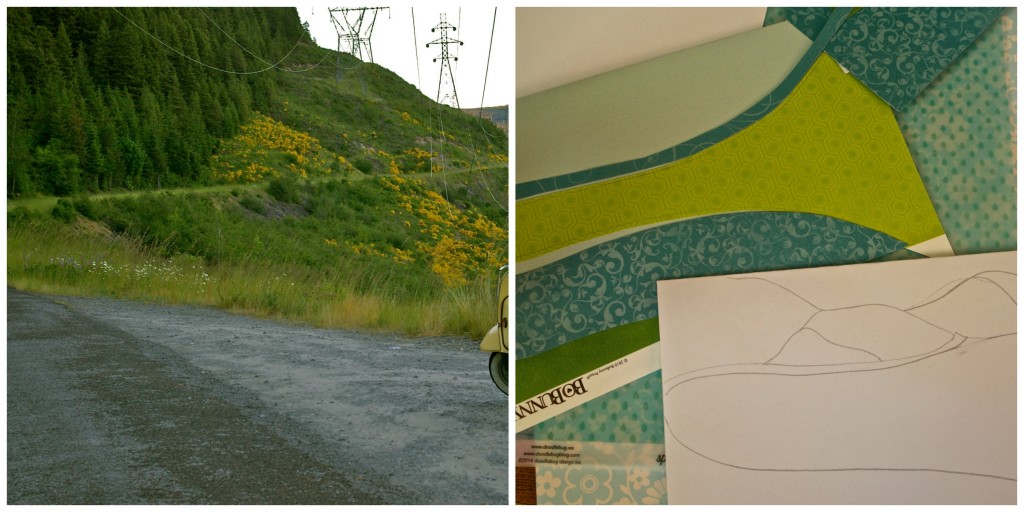
This photo isn’t necessarily complex, but I would not have been able to sketch it before my exercise with Emberley.
As Crawford writes, the raw sensual data in front of me is the same, but with a different framework of meaning I am seeing in a different way.
Perhaps because I was thinking about the ability of different frameworks to change our vision, a post this past week from one of my favorite online kindred spirits, Lindsey Mead, caused me to see one of those uncomfortable sorts of truths. Wondering about the connection between love and vulnerability, Lindsey posed this question and asked readers to share their responses to it with her:
Is there something you’ve dreamed of doing for a long time? Why haven’t you done it?
This was my (quickly written without time to over-think it) response:
For a while I have dreamed of exploring visual (rather than verbal) creation. I haven’t because I feel too old and too ignorant/inexperienced to achieve any kind of real mastery now. I haven’t because my partner in life has an MFA in painting and he’s the artist; I know I don’t have talent in the way he does in this area. I haven’t because I haven’t been willing to make time for such a seemingly-trivial pursuit. But I’ve started doing it anyway. The heart wants what it wants, and vulnerability, and, yeah.
All week, I messed around with my Valentine project. I studied the inspiration photo for my poem to see the shapes in it. I bought paper and embroidery floss. I sketched. I brought home a stack of books from the library–books on embroidery and picture books with paper collage illustrations. I cut out the first shapes for the front of the card. I did some practice stitching both by hand and by sewing machine:
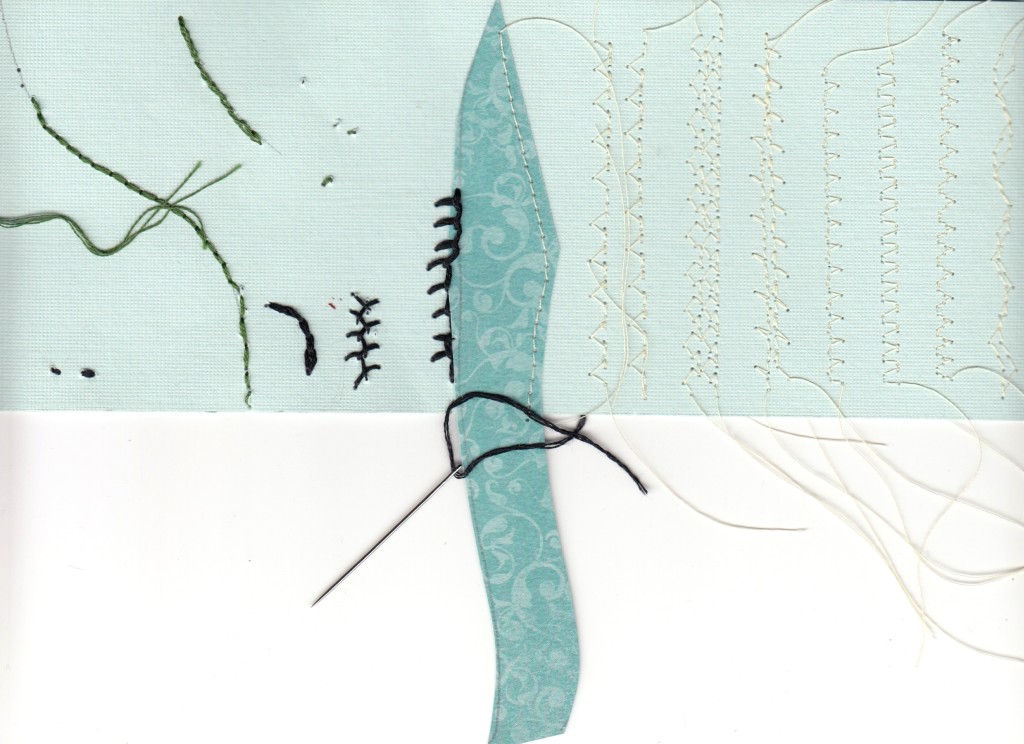
In short, I have spent would could be considered a silly amount of time and money for nothing more than a card. After reading and responding to Lindsey’s post, it became apparent to me that the card has become a thing more for my benefit than Cane’s. While I’m sure he will like it, it will bring him pleasure that is neither commensurate with the time and effort I’m putting into it nor equal to mine in making it. This thought made me uncomfortable. It’s supposed to be for him, right?
It was that discomfort, as well thinking more about an an exchange with Miriam in response to my post about the first few chapters of Crawford’s book, that helped me see something about my relationship with creative expression that I didn’t see clearly before: Even though I claimed on the About page of this blog that I’m giving myself permission to create simply for the joy of it, I really haven’t.
It’s OK for me to play as I have in order to make something for someone else, but when I thought about creating projects similar to the Valentine card (paper collages) just for the fun of making them, I thought the same thoughts I’ve had in the past about writing poems or blogs–
-
There isn’t any real value in this kind of work.
-
I’m not good enough to justify the resources it takes to make it.
-
There are better things I should be doing with my time.
With works of written expression I’ve been able to put such thoughts off (sometimes) because I have some skill and some evidence that what I create matters to others. When it comes to visual expression, though, there’s none of that. I have little skill and feel foolish, selfish, and narcissistic to spend any of the minutes of my “one wild and precious life” snipping pieces of paper and thread and arranging them into pictures that may matter to no one but me.

So, in my typical fashion, I built an intellectual argument to justify the time I might spend doing something just because I want to. It went like this:
My small experiments with visual creation have already caused me to see things differently than I have in the past. These shifts in understanding will, of course, change the ways in which I interact with my world. In that sense, whatever is happening internally, just for me, does have an effect on others.
If we believe that working or playing at expressing what we see and feel and believe helps us get closer to Truth (and I do) and that knowing Truth is the path to better lives for all of us (which I also believe), then perhaps that, alone, is reason enough to give ourselves permission to muck about with paper and words and string and any other thing we want to use to reflect and reflect upon our world and our experiences in it.
You know what? Screw that.
I’d like to tell you I came to this place of liberation and bravery and bravado all on my own, but it was yet another writer who took me there. I found her through Jen’s weekly round-up of good reads this morning, and it was just what I needed to hear. Jen linked to this piece (“25 Writing Hacks from a Hack Writer”) by Delilah S. Dawson, who writes:
10. SCREW GUILT. This is another case of getting rid of a backlog of bullshit that keeps you from reaching your writing potential. Fact is, you probably have some kind of guilt attached to your writing…. Writing, or whatever your passion might be, is worth pursuing. You are a human being with one life, and you damn well deserve to do the thing that brings you joy. You do not have to feel guilty for pursuing your passion.
Repeat: DO NOT FEEL GUILTY FOR PURSUING YOUR PASSION.
Now, that being said, you have to keep up your bargains with the world. …But if you’re doing all the things you’re supposed to be doing, you have every right as a living creature to pursue your bliss in your spare time. Anyone who says otherwise is a dreamkiller, and fuck dreamkillers right in the ear. If someone tries to make you feel bad for writing, consider why they’re being a toxic douchebag and why you need them in your life.
Oh, man. What does it mean when the toxic douchebag dreamkiller is…me? And it’s not only guilt I need to give the finger to, but also shame and pride and vanity?
I can’t exactly kick myself out of my own life. And while it is all well and good to say brave things and throw around profanity so that I sound like a big, creative badass (can I tell you, I so want to be a big, creative badass), I know that guilt and shame and pride and vanity have deep roots and will not be swiftly or easily tugged from the soil of my psyche.
But damn if I’m not going to try. Once this card is done, I’m going to make more things. Things that are for no one but me. Things that are crappy. And I’m going to share them here, so they can’t be hidden away. So I can’t pretend they don’t matter. I don’t really know how or why they matter yet, but I know they do. Because, as Lindsey suggests, vulnerability fosters closeness. And perhaps the only way I can repair my relationship with my creative self is to get vulnerable– to risk letting her make things that are mediocre and frivolous and for no one but me, to see if I can still love her anyway. And to see if others will love me when I love her.
Maybe then I can even find my way back to writing poems, my oldest and truest creative love.

Comments especially welcome
I’m sure I’m not the only one who has struggled with these questions. I would love to hear about your experience and what you know.
 Doesn’t she look like a happy person? I know there is much more to a successful career as a children’s book writer/illustrator than simply playing with bits of paper all day long, but I think that getting to spend a large portion of one’s time playing with bits of paper might make me smile like that, too. 🙂
Doesn’t she look like a happy person? I know there is much more to a successful career as a children’s book writer/illustrator than simply playing with bits of paper all day long, but I think that getting to spend a large portion of one’s time playing with bits of paper might make me smile like that, too. 🙂







